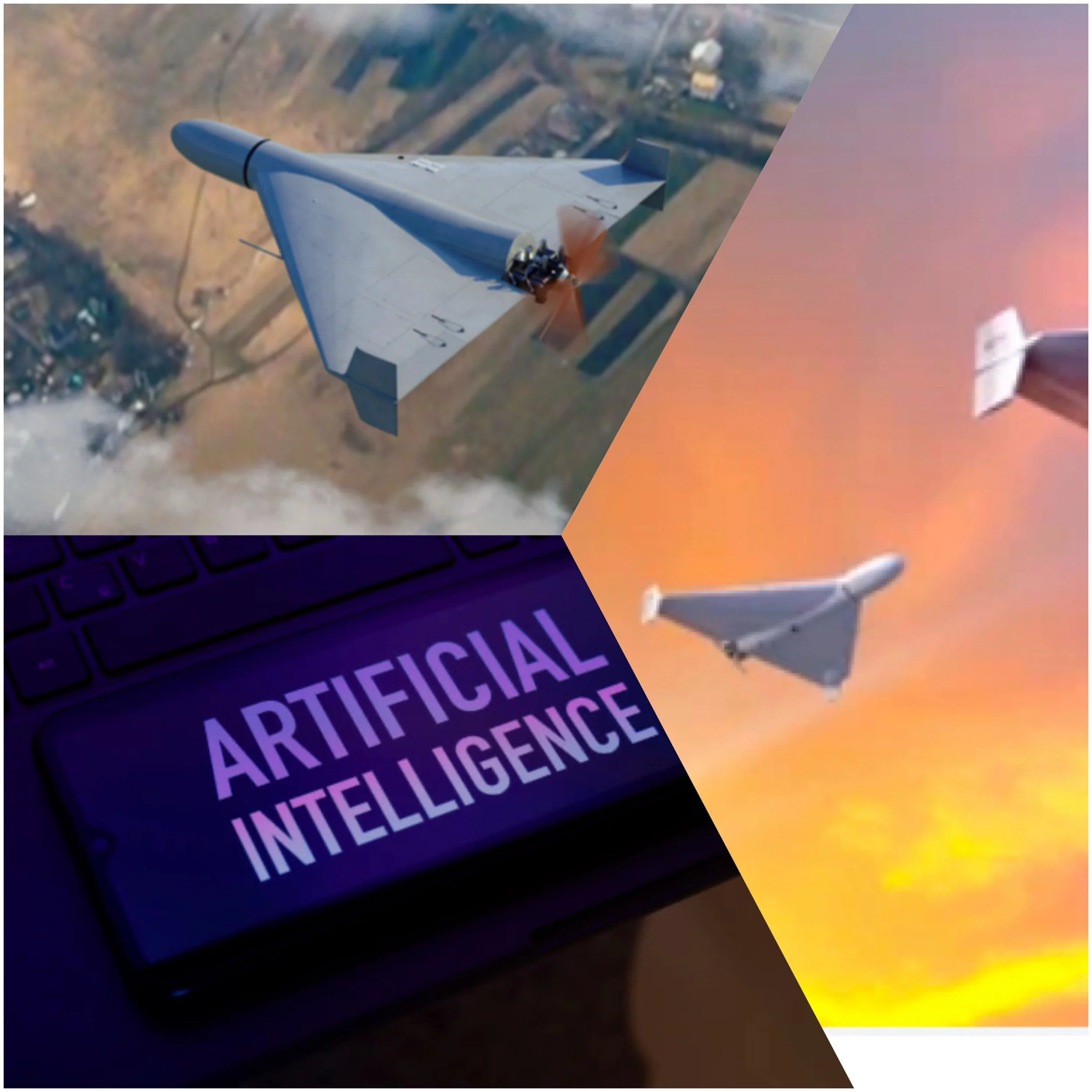Russians started equipping Geran drones with Al - a big risk ahead
Introdiction
Russia has begun equipping its Geran family of kamikaze drones with artificial intelligence (AI) systems, marking a significant development in drone warfare technology. This advancement poses several potential risks and challenges for both military operations and civilian safety.
AI-Enhanced Geran Drones
The Geran drones, also known as Shahed-136 drones of Iranian origin, have been a key component of Russia’s strategic bombing campaign against Ukraine. With the integration of AI, these drones are expected to gain enhanced capabilities:
Improved Target Acquisition
AI systems could enable Geran drones to autonomously identify and lock onto targets, potentially increasing their accuracy and lethality.
Electronic Warfare Resistance
AI may help these drones better resist electronic warfare measures, making them more difficult to jam or misdirect.
Autonomous Operation
There’s a possibility that AI-equipped Gerans could operate with minimal human intervention, allowing them to find and engage targets independently.
Potential Risks and Concerns
The introduction of AI into these weapon systems raises several alarming issues:
Reduced Human Control
As AI takes on more decision-making roles, there’s a risk of reduced human oversight in lethal operations, potentially leading to unintended casualties or escalation.
Accountability Challenges
The use of autonomous systems may complicate accountability for mistakes or civilian casualties, as it becomes harder to attribute decisions to specific human operators.
Proliferation and Arms Race
The development of AI-enabled drones by Russia could accelerate a global arms race in autonomous weapons, potentially destabilizing international security.
Ethical Concerns
The deployment of AI-powered lethal autonomous weapons systems (LAWS) raises significant ethical questions about the role of machines in warfare and the potential for indiscriminate harm.
Security Vulnerabilities
AI systems in military hardware could be vulnerable to hacking or manipulation by adversaries, potentially compromising sensitive operations or leading to unintended consequences.
Implications for Future Conflicts
The integration of AI into Geran drones represents a broader trend towards more autonomous and intelligent weapon systems. This development could:
Increase the tempo and scale of drone attacks, overwhelming air defense systems.
Reduce the effectiveness of traditional electronic countermeasures.
Potentially lower the threshold for armed conflict by reducing the risk to human personnel.
Conclusion
As these technologies continue to evolve, there is an urgent need for international dialogue and potentially new legal frameworks to address the unique challenges posed by AI-enabled weapons systems. The lack of consensus among major powers on how to regulate these technologies remains a significant obstacle to establishing effective controls.





